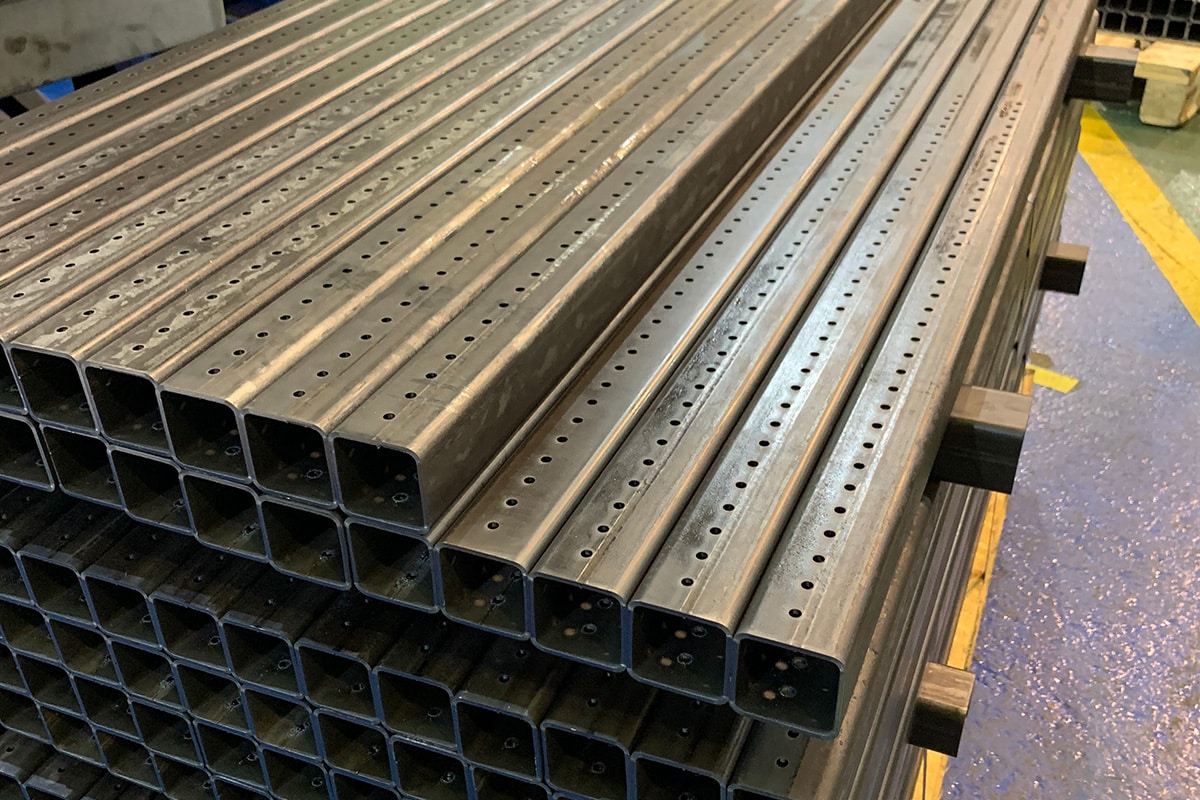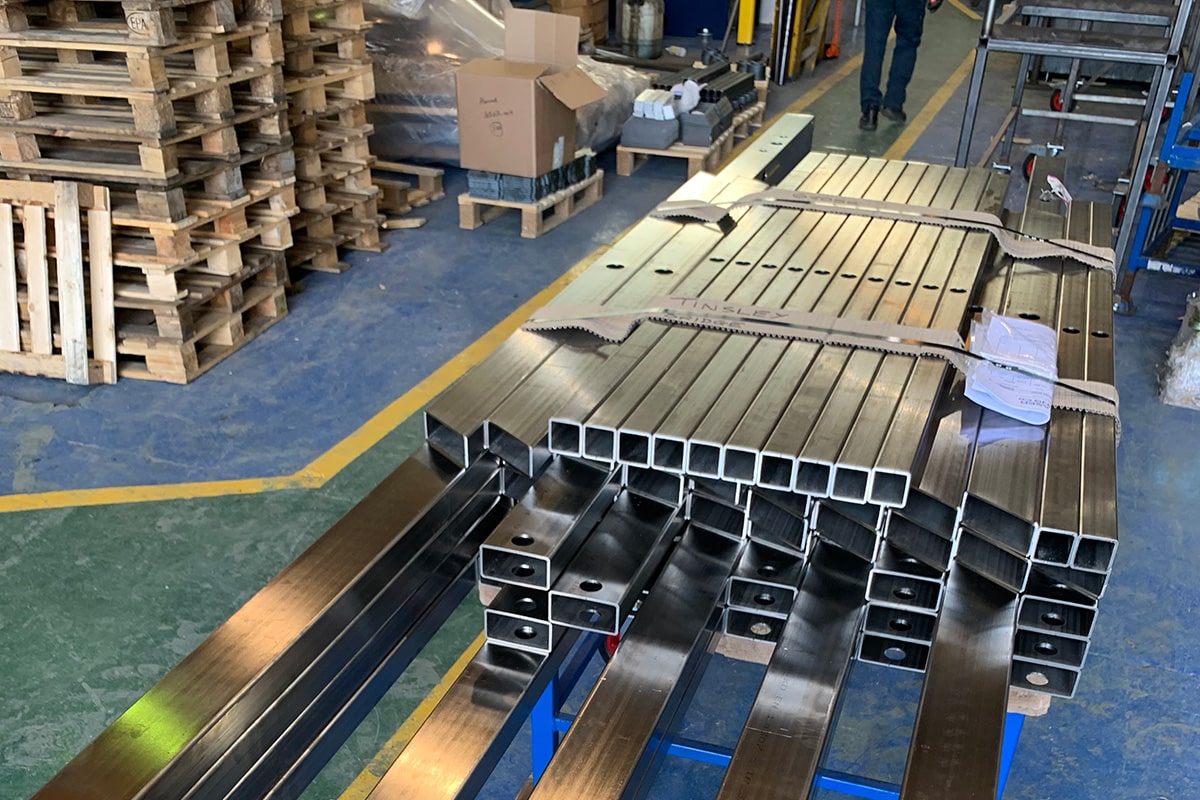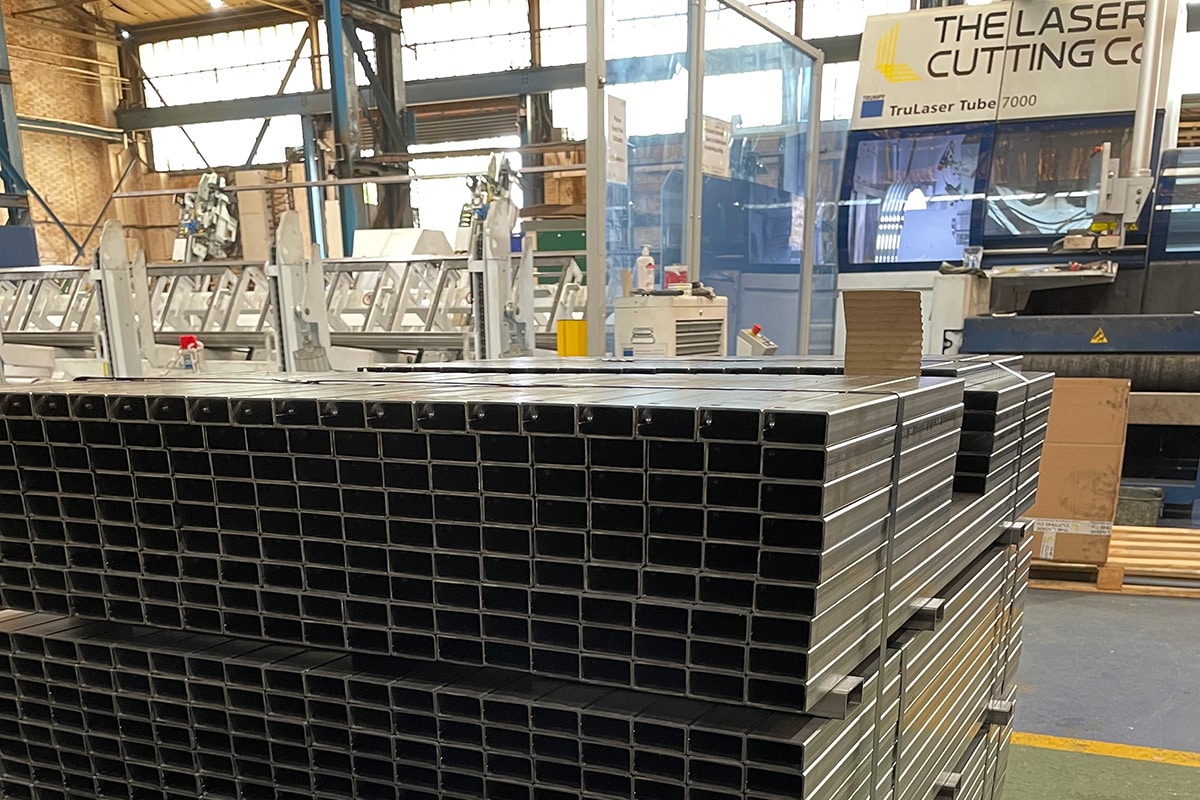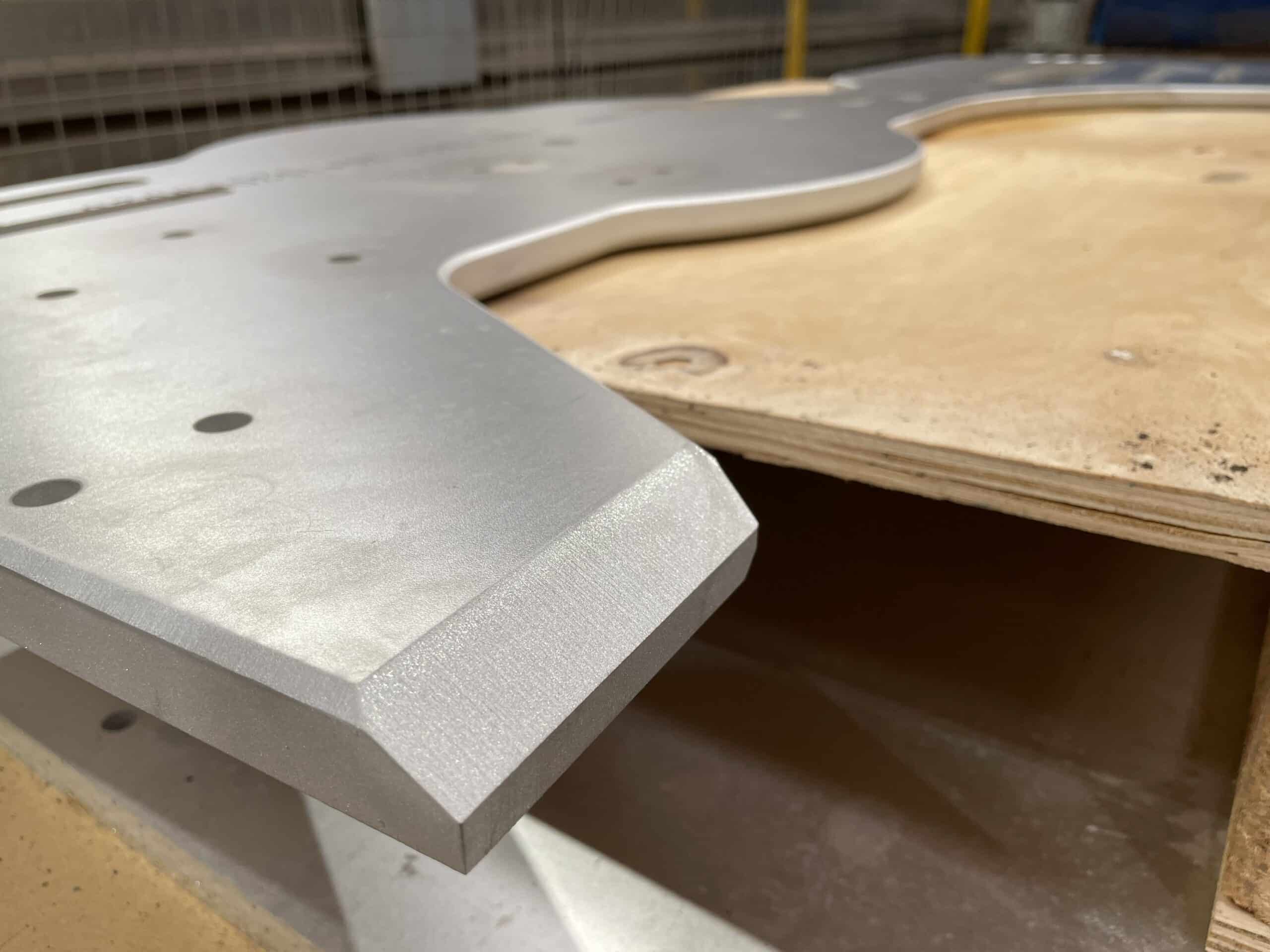
Find greater downstream efficiencies with an unrivalled range of additional profiling and cutting services from The Laser Cutting Co. and Charles Day (Steels). Formed in 1981 and 1976 respectively, the sister companies continue to lead the way in capability investments, so you don’t have to. From laser cutting to metal forming, both offer a wealth of services – the complete one-stop profiling shop.
Committed to delivering a hassle-free service, TLCC sources materials and delivers completed projects, ready for assembly. In-house capabilities ensure every project is completed to the highest quality, including high volume and high complexity jobs. A range of trusted services from approved partners, including polishing, powder coating, painting, and plating, are also available to TLCC customers.
Efficiency
CNC fibre laser cutting machines operate 24-hours a day for rapid lead times at competitive prices.
Quality
ISO9001 and BS/EN 1090-1 accredited service delivers reliable quality on the largest and most complex projects.
Experience
Over 40 years’ laser profiling experience using the latest cutting technologies. Our investments, your benefit.
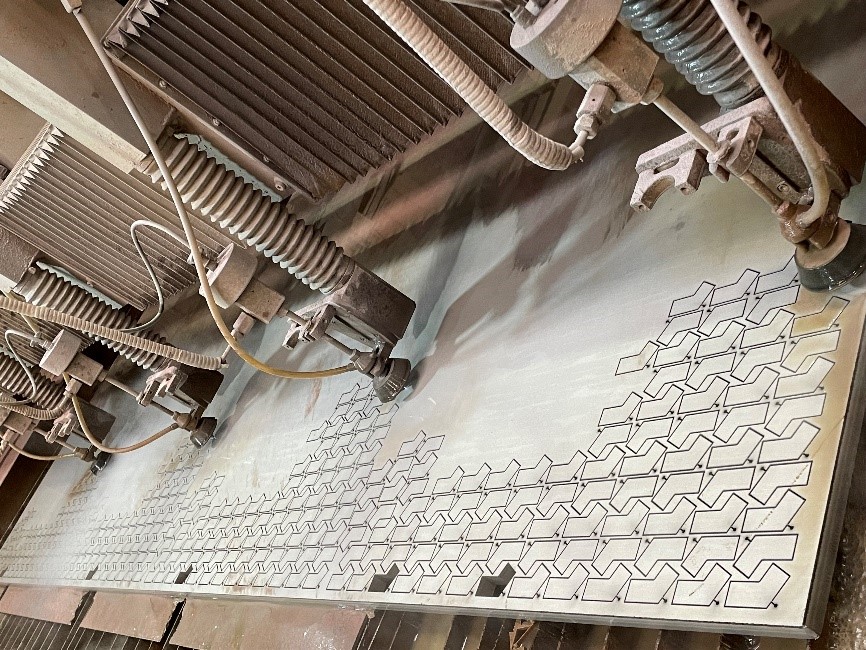
One of the most diverse cutting technologies, waterjet is capable of cutting almost any material. Working to +/-0.25mm tolerance, waterjet provides incredible accuracy for both high volume and high complexity projects.
Reap efficiency benefits from 3 of the UK’s largest and most powerful waterjet cutting machines. Almost any material can be rapidly cut measuring up to 9m x 4m, and a maximum depth of 230mm.
This accurate cutting process is highly versatile. Operators are able to control both flow and abrasive, where required, to balance speed and edge quality requirements.
A highly cost-effective profiling technology, flame cutting has stood the test of time. Investments in multiheaded flame profiling machines consistently deliver speed and quality on large production runs.
Charles Day operate a suite of large machines capable of cutting materials up to 270mm thick and cutting bed of 48 metres. Flame cutting works to +/-2.0mm to 6.0mm tolerance, depending on material thickness and length.
As a thermal process, flame cutting is ideally suited to large volume projects where heat affected zones bear no issue. Edge burring will occur during flame cutting however, all parts are cleaned and finished before dispatch.


A high definition cutting technology suited to profiling stainless, carbon and mild steels, and aluminium measuing up to 12m x 5m and up to 40mm thick. Cutting machines work 24-hours a day to provide rapid turnaround on both high complexity and high volume orders.
Twin-head plasma cutting machines deliver top face accuracy tolerance of +/-1.0mm with an edge squareness of less than 3 degrees.
The advantage of plasma over flame cutting lies in its ability to profile a larger range of materials, including stainless steel and aluminium. Plasma is the perfect cutting choice for high accuracy edge squareness when cutting large sheet metal.
Received finished parts complete with a deburred, shaped or textured surface. The process of shot blasting metal comprises a turbine powering a high velocity stream of stainless steel particles.
This mechanical metal cleaning process is most commonly used to remove oxides and debris from the surface of a material. Shot blasting is also used to matt, descale, and eliminate residual stresses in casting, forging and welding.
Different sized and hardness of particle are used to produce a range of surface profile finishes and improved bonding. All shot particles are automatically recycled back into the system to avoid unnecessary waste.


Remove rough edges and ridges following cutting, grinding, or turning processes. Polishing chips are placed inside a vibratory chamber in which the part is placed and finished.
Removing burrs goes beyond the aesthetics of a lustrous finish or as a prereqisite to coating. The process actually improves part longevity; reducing the risk of corrosion and undesired friction.
Vibra-deburring tends to be suited to large or voluminous parts. Standard deburring, known as centrifugal barrel finishing, is ideally suited to heavy deburring requirements.
Most commonly used to apply serial codes, batch numbers, QR codes, and downstream maintenance data, laser etching and engraving are essential to supply chain traceability.
Lasers can also be used to apply logos or complex decorative features to a range of materials including stainless steel, aluminium, acrylic and wood.
As a contact-free marking technology, laser etching does not deform the surface of the material. With the correct source and settings, a laser can engrave to the automotive industry required depth to mark VIN.

Quality Assurance


The Laser Cutting Co.’s Quality Promise
The highest possible quality standards with the after sales support to match
Our Factory Production Controls are in accordance with legally enforceable construction product regulation BS EN 1090 – Level 3, allowing intricate cutting of construction regulation profiles
Certified to BS EN ISO 9001:2015 for all profiling requirements




